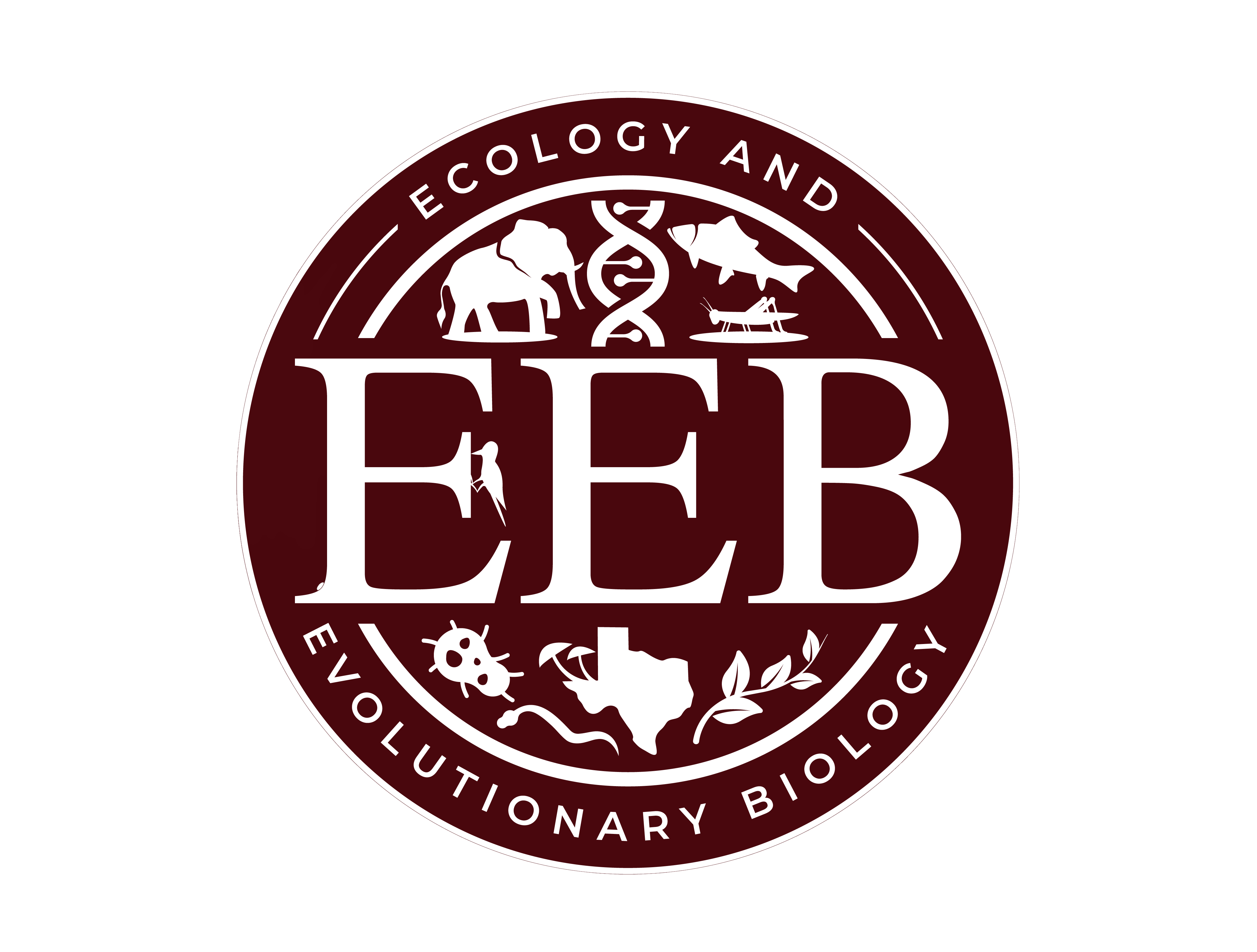
- This event has passed.
EEB Spring Seminar Series – Postdoc Presentations
March 25, 2019 @ 4:00 pm - 5:00 pm
Postdoc Presentations
 Arbovirus emergence in the US: a case study on Zika virus
Arbovirus emergence in the US: a case study on Zika virus
Presenter: Estelle Martin, Ph.D., Dept. of Entomology, Hamer Lab
The emergence and re-emergence of mosquito-borne diseases such as Zika, chikungunya and dengue fever remains a global public health challenge that threatens many communities in the continental United States and beyond. The Zika virus invasion into the Americas was declared a public health emergency of international concern due to the rapid spread, unique modes of transmission, and link to birth defects. Local mosquito-borne transmission of Zika virus has now occurred in South Florida and South Texas. To better understand the factors that lead to virus emergence at the Texas-Mexico border we conducted a mosquito surveillance program from September, 2016 to April 2018. The mosquito vector communities in residential areas of South Texas is dominated by Ae. aegypti (62%) the mainvector of Zika virus in the Americas. We report year-round abundance of Aedes aegypti both indoors and outdoors amplifying the risk of human contact with variation in abundance related to socio-economic factors and temperature. Vector competence analysis of these mosquitoes reflect a relatively poor capacity to transmit Zika virus. Additionally, we discuss the role of viral symbiont in the transmission of human pathogens.
 Growing old, yet staying young: the role of telomeres in bats’ exceptional longevity
Growing old, yet staying young: the role of telomeres in bats’ exceptional longevity
Presenter: Nicole Foley, Ph.D., Dept of Genetics, Murphy Lab
Understanding aging is a grand challenge in biology. Exceptionally long-lived animals possess mechanisms that underpin extreme longevity. Telomeres are protective nucleotide repeats on chromosome tips that shorten with cell division, potentially limiting lifespan. Bats are the longest-lived mammals for their size, but it is unknown if their telomeres shorten. Using >60 years of cumulative mark-recapture field data, we show that telomeres shorten with age in Rhinolophus ferrumequinum and Miniopterus schreibersii, but not in the bat-genus with greatest longevity-Myotis. As in humans, telomerase is not expressed in M. myotis blood or fibroblasts. Selection tests on telomere maintenance genes show that ATM and SETX, which repair and prevent DNA damage, potentially mediate telomere dynamics in Myotis bats. 21 telomere maintenance genes are differentially expressed in Myotis, of which 14 are enriched for DNA repair, and 5 for alternative telomere lengthening mechanisms. Here we demonstrate how telomeres, telomerase and DNA repair genes have contributed to the evolution of exceptional longevity in Myotis bats, advancing our understanding healthy aging.


